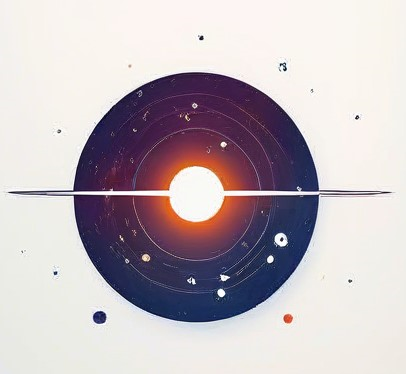主持人:刘四明教授
时间:2023年2月25(周六)09:30
地点:犀浦校区2教2539
ZOOM会议号:85757823785
入会密码:123456
标题:The Acceleration of Energetic Particles by Shocks Driven by Fast Coronal Mass Ejections
主讲人:Joe Giacalone University of Arizona
Joe Giacalone is a Professor in the Department of Planetary Sciences at the University of Arizona. His research focus is on understanding the origin and physical processes involved in creating high-energy charged particles near the Sun and how they move throughout the solar system. He has taught University courses at all levels including introductory courses in Planetary Sciences, advanced undergraduate and graduate courses in the physics of the solar system, and an advanced graduate course on the physics of the Sun. He received his Ph.D. in Physics from the University of Kansas, in 1991. He had previously attended undergraduate school at Ft. Lewis College, in Durango, CO where he received his B.S in Physics, in 1986, and a B. A. in Mathematics, in 1985. He also attended Brigham Young University in 1980-81 where he played on the baseball team. He was a summer research associate at the Los Alamos National Laboratory, where he first began to study the physics of space plasmas, with a focus on the microstructure of collisionless shocks. He was a visiting scientist at the Johns Hopkins Applied Physics Laboratory during his Ph.D. research. He was a postdoctoral research associate at Queen Mary, University of London from 1991-93. He then came to the University of Arizona in 1993 as a postdoctoral research associate, and later joined the tenure-track faculty in 2004. He was a winner of a NASA Early Career award in 2005. He has been directly involved with number of NASA missions, includingUlysses,ACE, andVoyager, and is currently a Co-Investigator on the ISOIS instrument on theParker Solar Probemission, the MAG instrument onSolar Orbiter, and is also a Co-investigator on the upcoming NASA missionIMAP.
Abstract:High energy particles are useful probes of processes occurring far from Earth, either near the solar atmosphere, in the outer heliosphere, or in distant astrophysical sources, such as supernovae blasts. Collisionless shock waves clearly play a critical role. Although we have learned much in the last few decades, there remain puzzles, many of which stem fromin situspacecraft observations. Some of the difficulty in understanding relates to the fact that shocks in the solar wind are usually weak, move through energetic particles associated with previous events, and through plasma turbulence, all of which complicate the physics. On the other hand, shocks associated with very fast CMEs, associated with very intense energetic particle events, seem to be more consistent with expectations and provide an excellent laboratory for studying particle acceleration at shocks. I will discuss recent insights into the physics of particle acceleration based on spacecraft observations of shocks associated with fast coronal mass ejections (CMEs), including some recent studies involving observations from the Parker Solar Probe.




